Overfeeding is a common but serious issue that can lead to obesity, diabetes, and digestive problems in pets. This...
Understanding Portion Control for Pets: Avoid Overfeeding
Portion control is one of the most overlooked aspects of pet care, yet it plays a critical role in maintaining your pet’s health. Overfeeding can lead to obesity, diabetes, and other serious health issues. To ensure that your pet gets the right amount of food, using tools like a dog feeding bowl slow, a slow feeder for dog bowl, and a dog eating bowl slow can help regulate their eating habits and promote better digestion. This guide explores the importance of portion control, how to determine the right portions, and how slow feeding solutions can prevent overeating.
Why Portion Control is Essential for Pets
Feeding your pet the right amount of food is key to maintaining their health and preventing chronic diseases. Many pet owners unknowingly overfeed their pets, thinking that a few extra bites won’t hurt. However, consistent overfeeding can lead to excessive weight gain and serious health problems.
Health Risks of Overfeeding
1. Obesity: Overweight pets are at a higher risk of developing heart disease, diabetes, and joint issues.
2. Diabetes: Excess weight increases the likelihood of insulin resistance, leading to diabetes.
3. Digestive Problems: Overfeeding can result in bloating, gas, and indigestion.
4. Decreased Lifespan: Studies show that pets at a healthy weight live longer than overweight pets.
Recognizing the Signs of Overfeeding
It’s easy to overfeed pets, especially when they show enthusiasm during mealtime. However, there are telltale signs that your pet is eating too much.
Common Signs Include:
• Weight Gain: A noticeable increase in body weight over a short period.
• Lack of Energy: Overweight pets are often less active and tire easily.
• Difficulty Breathing: Extra weight can put pressure on the lungs and heart.
• Visible Fat Deposits: Excess fat around the ribs and abdomen is a sign of overfeeding.
Determining the Right Portion Size
Portion sizes vary based on your pet’s age, weight, breed, and activity level. It’s important to follow feeding guidelines provided by your veterinarian or pet food manufacturer.
General Guidelines for Portion Control
1. Follow Package Instructions: Most commercial pet foods provide portion recommendations based on weight.
2. Adjust for Activity Level: Active dogs and cats may require more food, while less active pets need fewer calories.
3. Consider Age and Breed: Puppies and kittens have different nutritional needs compared to adult or senior pets.
4. Use a Measuring Cup: Eyeballing portions can lead to overfeeding. Always use a measuring cup to ensure accuracy.
How Slow Feeder Bowls Help with Portion Control
Using a dog feeding bowl slow or a slow feeder for dog bowl can help regulate your pet’s eating speed, preventing overeating and reducing the risk of digestive issues. These bowls are designed to make mealtime a more engaging and slower process by creating obstacles that force your pet to eat more slowly.
Benefits of Slow Feeder Bowls
1. Prevents Gulping and Bloating: A dog eating bowl slow slows down fast eaters, reducing the risk of bloating and indigestion.
2. Aids Digestion: Eating slowly allows the stomach to process food more effectively, preventing discomfort.
3. Promotes Portion Control: By slowing down mealtime, pets are less likely to overeat.
4. Reduces Choking Hazards: Fast eaters are at risk of choking, but a slow feeder minimizes this risk.
When to Use a Slow Feeder Bowl
• Fast Eaters: Dogs or cats that finish their meals in seconds are prime candidates for a dog feeding bowl slow.
• Pets Prone to Bloat: Large breed dogs that are susceptible to bloat benefit greatly from slower eating.
• Overweight Pets: Slowing down eating can help manage portion sizes and prevent further weight gain.
Choosing the Right Slow Feeder for Your Pet
Not all slow feeder bowls are created equal. It’s important to choose the right one based on your pet’s size, breed, and eating habits.
Factors to Consider
1. Size and Capacity: Ensure the bowl holds an appropriate portion size for your pet.
2. Material: Look for durable, BPA-free plastic or stainless steel.
3. Design and Complexity: Choose a design that challenges your pet without causing frustration.
Types of Slow Feeder Bowls
1. Maze Design Bowls: These bowls feature intricate patterns that slow down eating by making pets work through the maze.
2. Raised Obstacles Bowls: Raised bumps and ridges create barriers, preventing pets from gulping down food.
3. Puzzle Feeders: For added mental stimulation, some slow feeders double as puzzle feeders, engaging your pet’s mind.
Tips for Using Slow Feeder Bowls
1. Introduce Gradually
Some pets may be hesitant to use a slow feeder at first. Introduce it gradually by mixing it with their regular bowl and gradually transitioning.
2. Monitor Mealtime
Observe your pet during mealtime to ensure they are adjusting to the new feeding method without frustration.
3. Clean Regularly
Slow feeder bowls have more crevices than regular bowls, making them prone to bacteria buildup. Clean the bowl thoroughly after each use.
4. Use for Both Meals and Treats
A slow feeder for dog bowl isn’t just for mealtime. Use it during treat time to provide mental stimulation and prolong snack sessions.
Portion Control Techniques Beyond Bowls
While a dog feeding bowl slow or a dog eating bowl slow can make a significant difference, other portion control strategies can further support your pet’s health.
1. Set a Feeding Schedule
Feeding your pet at the same time each day helps regulate their metabolism and prevents overeating.
2. Measure Food Accurately
Using a measuring cup ensures that your pet gets the right amount of food every time. Avoid free-feeding, which encourages overeating.
3. Limit Treats and Extras
Treats should make up no more than 10% of your pet’s daily calorie intake. Overfeeding treats can contribute to weight gain.
4. Incorporate Interactive Feeders
In addition to a slow feeder for dog bowl, consider puzzle toys and other interactive feeders that provide mental and physical stimulation.
Addressing Overfeeding Habits
Breaking the cycle of overfeeding takes time and consistency. If your pet has been overfed for a long time, sudden portion reduction can lead to anxiety and begging.
Gradual Portion Reduction
1. Cut Back Slowly: Reduce portion sizes gradually over a period of 2-3 weeks.
2. Increase Activity: Increase your pet’s daily exercise to help burn excess calories.
3. Monitor Progress: Regularly check your pet’s weight and adjust portions accordingly.
Common Mistakes to Avoid
1. Ignoring Feeding Guidelines: Many pet owners overestimate portion sizes, leading to consistent overfeeding.
2. Overlooking Treat Calories: Treats contribute to daily calorie intake and should be factored into portion control.
3. Skipping Regular Weigh-Ins: Regular weight checks help ensure your pet stays at a healthy weight.
Conclusion
Portion control is an essential part of maintaining your pet’s health and preventing chronic diseases. By using a dog feeding bowl slow, a slow feeder for dog bowl, and a dog eating bowl slow, you can effectively regulate your pet’s eating speed and portion size. These tools help prevent bloating, improve digestion, and promote a healthier lifestyle. Along with accurate measuring, scheduled feeding, and mindful treat distribution, slow feeders ensure that your pet maintains an ideal weight and enjoys a longer, healthier life.
Invest in the right tools and feeding strategies today to give your pet the best chance at a happy, healthy future.
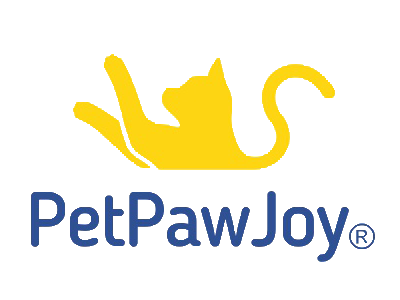



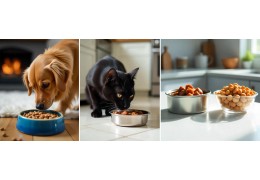
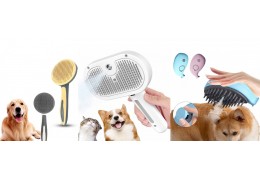
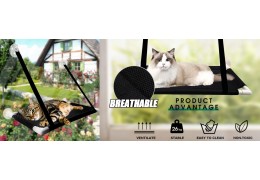
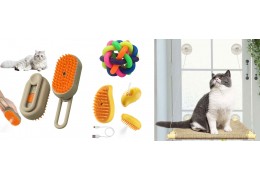
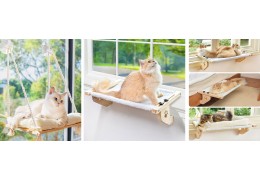

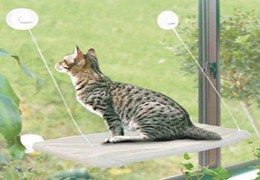

Top authors